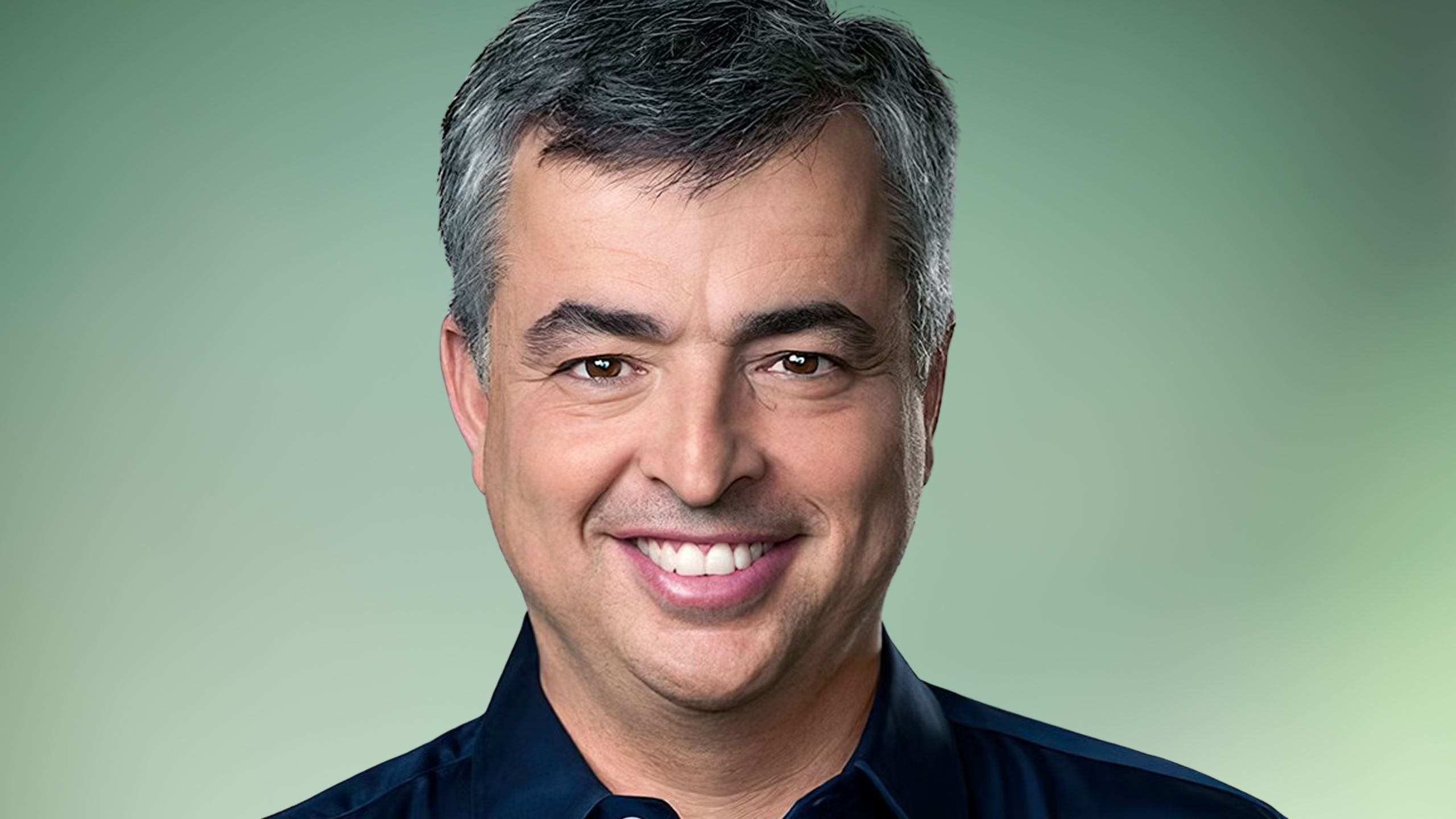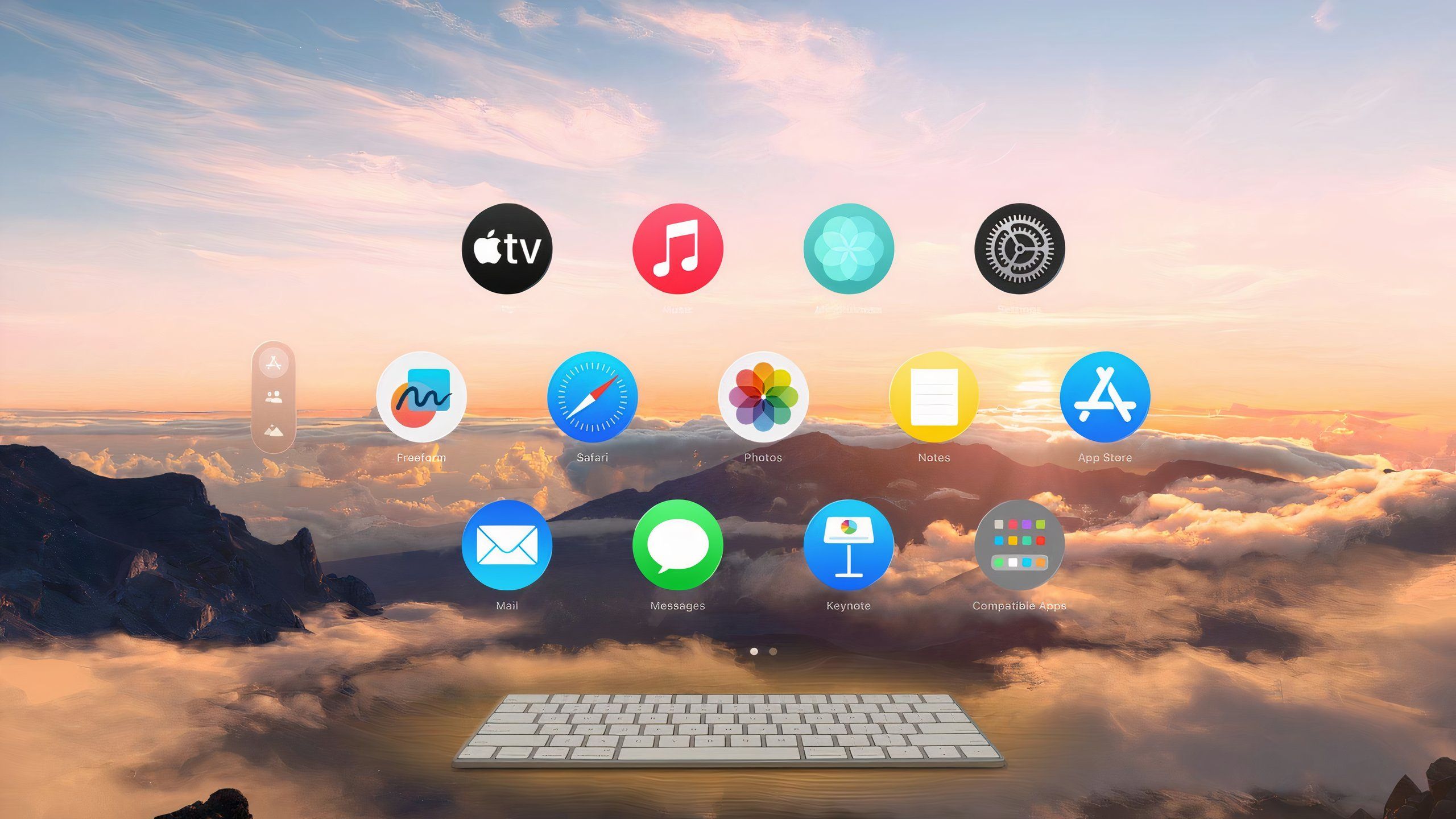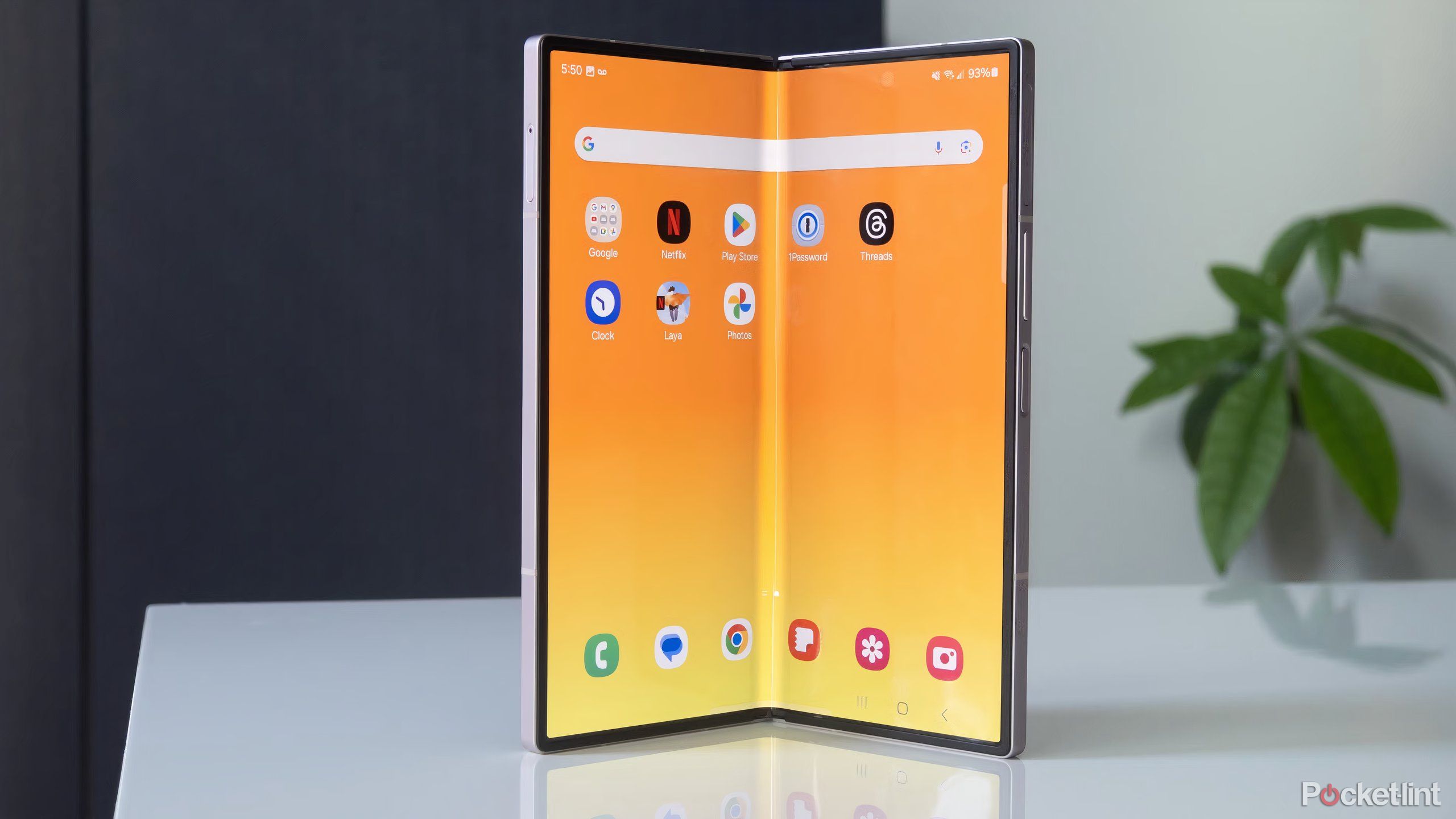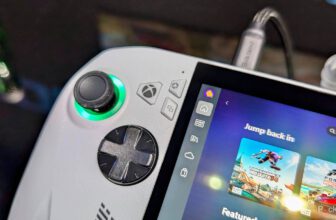Summary
- Eddy Cue claims that 10 years from now, generative AI could make the iPhone irrelevant.
- The best device to replace the iPhone might be a successor to the Vision Pro, which already demonstrates a lot of the same power and flexibility.
- On the other hand, it could be that there’s no true replacement for the iPhone — it’s just going to evolve beyond recognition.
I’d say it’s funny how offhand comments can turn into news stories, but given the state of American politics, it’s practically par for the course. The latest one in the tech world comes from Apple’s senior vice president of services, Eddy Cue, who — during a Google antitrust trial, of all things — noted that “you may not need an
iPhone
10 years from now.” He even hinted that the iPhone might eventually go the way of the
iPod
, which was discontinued in 2022 despite once being vital to Apple’s bottom line.
What might be Cue be envisioning? And is it at all realistic to put an iPhone-free future that close to 2025? I do think it’s possible, but my own expectation is that the iPhone will still be around in some form, even if it doesn’t look anything like an
Apple iPhone 16 Pro
Apple’s iPhone 16 Pro line features a few notable upgrades over last year’s iPhone 15 Pro, including a dedicated camera button, a new A18 Pro chip, a bigger screen, and several AI-powered Apple Intelligence features.
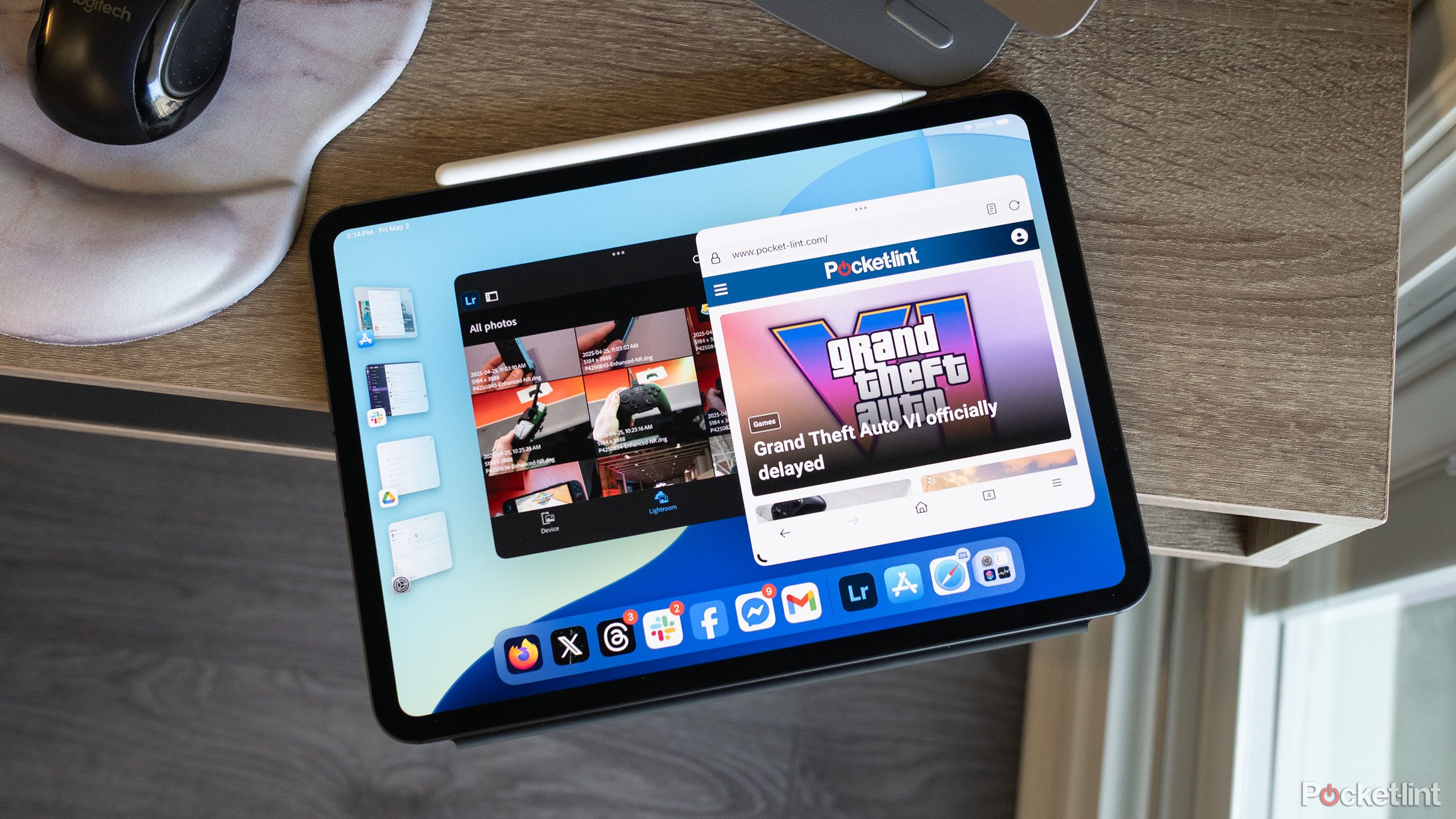
Related
Stage Manager may be coming to the iPhone, and that’s a really big deal
It could be the first step towards making the iPhone a do-it-all device.
Filling in some missing pieces
The gaps in Apple’s way
Apple / Pocket-lint
Cue’s vision of the iPhone’s demise stems from the growing role of generative AI, according to The Verge. He notes that it has the potential to reshape the tech industry, much in the same way that other trends have seen businesses rise and fall. Companies like HP, Sun, and Intel were once the invincible giants of Silicon Valley, after all. These days, HP and Intel have plenty of competition, and Sun has long since been absorbed by Oracle.
To replace the iPhone, Apple Intelligence will not only need to be better than it is now, but better than any other generative AI product on the market.
Apple should theoretically remain relevant because of
Apple Intelligence
, but there are at least two major problems the company needs to overcome. The first is that, frankly, Apple Intelligence just isn’t that useful at the moment. I do sometimes take advantage of Visual Intelligence, ChatGPT integration, and notification summaries, yet even those can be questionable. The best use I’ve had for Image Playground is making avatars for my family, and I don’t use Writing Tools or Genmoji at all.
To replace the iPhone, Apple Intelligence will not only need to be better than it is now, but better than any other generative AI product on the market. Most AI systems are tied to the cloud, which makes them slow, unusable without the internet, and prone to “hallucinations,” a euphemism for getting facts wrong. If I ask
ChatGPT
to plan a day in Austin for me, it’s no big deal if it’s inaccurate, since I can always turn to apps and websites — without apps or the web to fall back on, I might end up going to Taco Bell for Tex-Mex food, or driving I35 in rush hour traffic.
The second obstacle is some means of serving up AI. Conceivably, Apple could attempt its own version of the Star Trek-like
Humane AI Pin
, or the Rabbit r1 — but those products were abject failures, lacking reliability, and offering just a fraction of the capabilities of a smartphone.
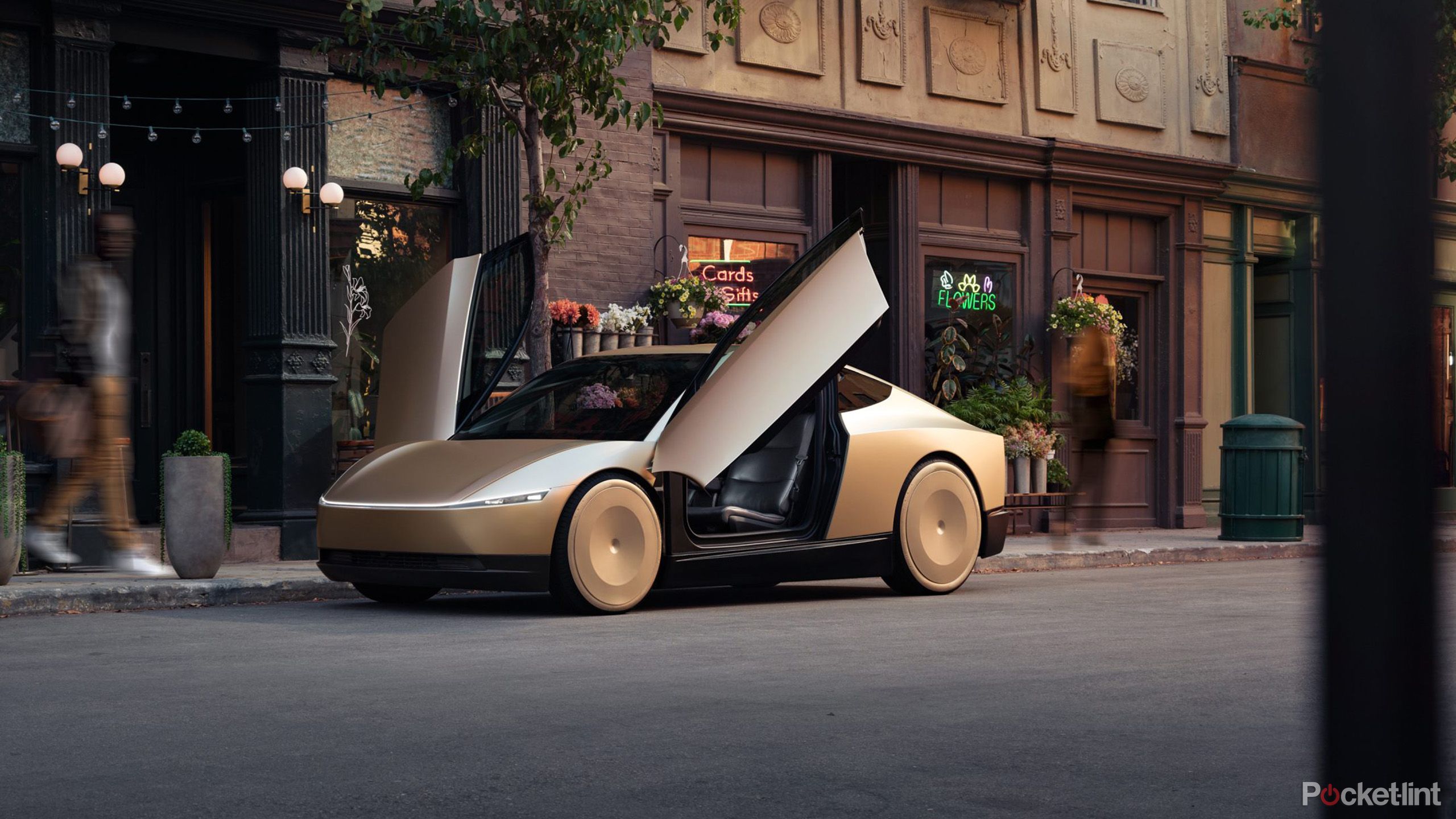
Related
Will anyone use Tesla’s robotaxis when they come to Austin? Probably not
The company has several serious obstacles in its way, even if the tech is perfect.
The shape of things to come?
The future is wearable… maybe
Apple
Honestly, I doubt that Cue had any specific replacement devices in mind when he made his comments. But there are products in Apple’s lineup that could hypothetically replace the iPhone someday, if not in their existing form.
The most obvious choice is a follow-up to the
Vision Pro
. The current headset is too bulky, fragile, and expensive to wear outside, but it’s arguably even more powerful than an iPhone, with support for both desktop-style productivity apps and a variety of tools, games, and other experiences for AR and VR. Apple is reportedly working on
cheaper and more mobile AR glasses
, so it’s not hard to foresee a future in which we’re talking to Apple Intelligence in our heads, asking for directions on the road, or help with a work project at home. Ten years from now, display and processor technology ought to be more than capable of handling this at a reasonable price. Companies like Meta and Google have already demonstrated similar prototype devices.
The most obvious choice is a follow-up to the Vision Pro.
An advanced Apple Watch is another possibility, but I’d bet my money against it. Even with major technical achievements, it would be difficult to run a powerful AI model entirely on your wrist. You could, conceivably, enlarge the product into an Apple Cuff — which would look very futuristic — but you’d still have to solve problems like meaningful display space, and the awkwardness of holding your arm up the entire time. I wouldn’t want to watch YouTube videos on my wrist, much less dictate an email or count calories that way. Even navigation would be superior on AR glasses, projecting onto your environment instead of showing up on a tiny screen.

Related
Does smart tech really add that much to your fitness regimen?
The full answer varies from person to person, but here’s my gym-buff take.
Maybe the iPhone is here to stay
But not as you know it
I’m struggling to think of anything besides AR glasses that could satisfy the requirements of being as mobile and powerful as an iPhone. In fact, I think it’s entirely reasonable to expect the iPhone to persist for another decade — it’s hard to beat the concept of a pocket-sized computer that doesn’t need to be strapped to your body.
I’d like Apple to surprise me with something I’ve never thought of.
The proper question, then, could be what iPhones will look like a decade from now. Most likely they’ll be similar to Samsung’s
Galaxy Z Fold 6
, capable of expanding into a tablet simply with far more advanced features. Rollable OLED screens are already a reality, so it’s not hard to picture a foldable product that stuffs into your jeans, but then snaps to iPad size with the press of a button. We also have transparent OLED screens, too, so you could hold your phone over your environment to learn more about a place or object.
I’d like Apple to surprise me with something I’ve never thought of, though. It’s possible — it’s not like most people in 1997 were predicting something like the original iPhone. Heck, in 1974, the original Macintosh would’ve been a fantasy. Time has a way of making fools of us all.

You might also like
Everything you need to know about PEVs, or personal electric vehicles
You can use PEVs to explore, run errands, or speed up your commute.
Trending Products

Sceptre Curved 24.5-inch Gaming Monitor as mu...

SAMSUNG 34″ ViewFinity S50GC Collection...

Wi-fi Keyboard and Mouse Combo – Rii Co...

Logitech Media Combo MK200 Full-Measurement K...


